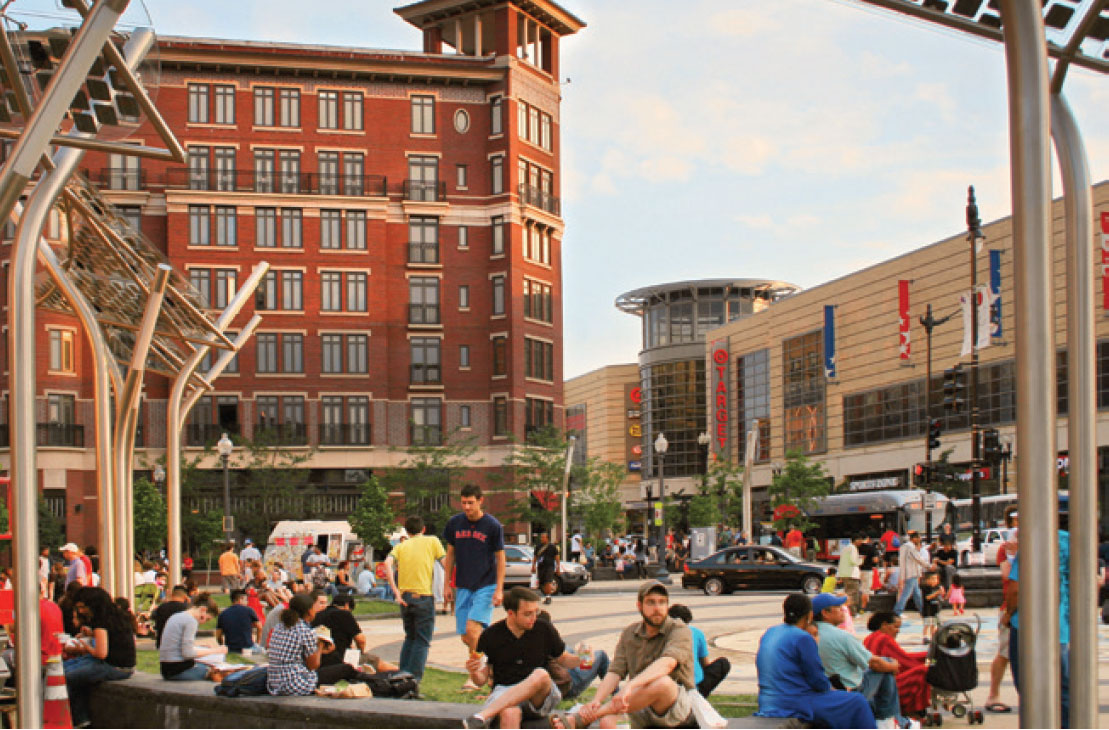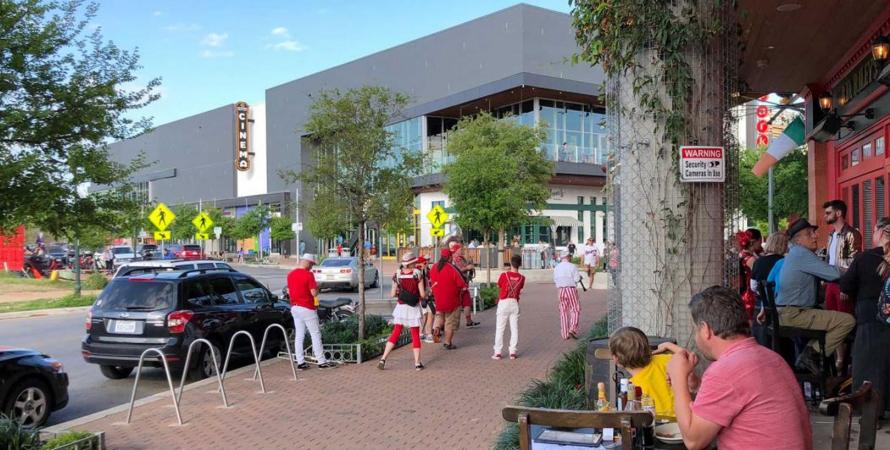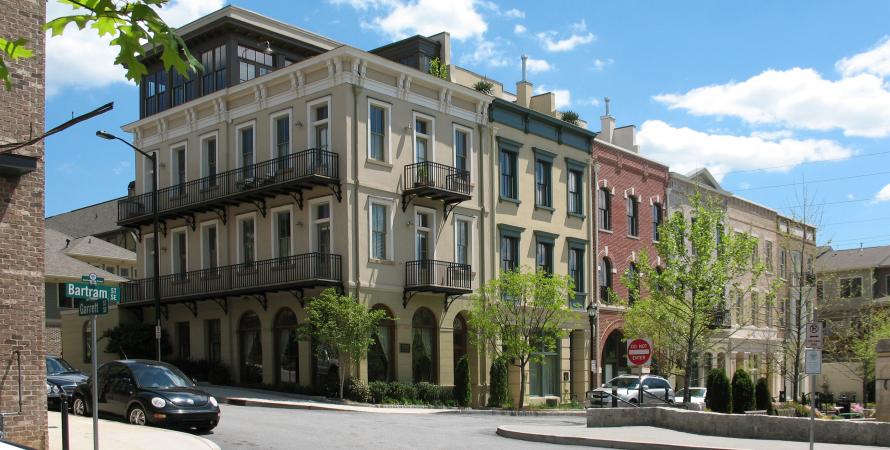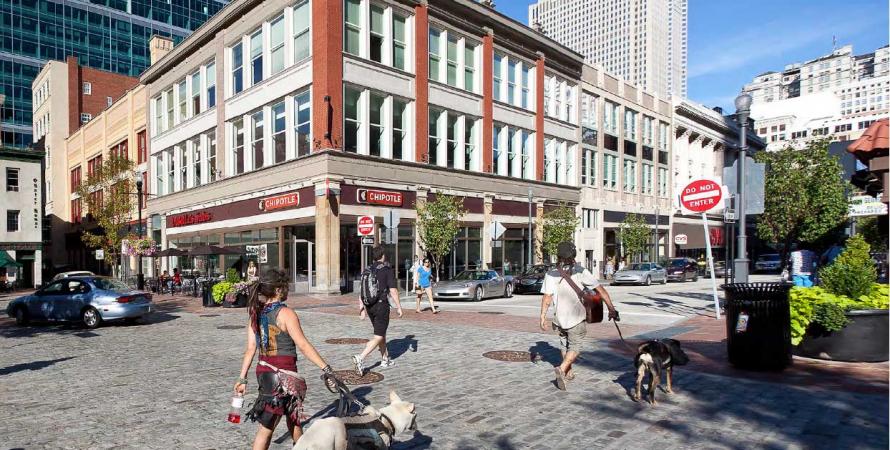Similar Projects
Mueller
Austin, Texas
The redevelopment of the 711-acre former Mueller airport includes, as of 2020, more than 4,000 diverse living spaces, major employers, and a mixed-use town center. Mueller’s parks attract visitors from across the city.
Glenwood Park
Atlanta, Georgia
The site of a former concrete recycling center two miles east of downtown Atlanta is now a vibrant, mixed-use, traditional neighborhood development (TND). Its design is not only architecturally-intriguing, but also environmentally sustainable.
Market Square Place #thisisCNU
Pittsburgh, Pennsylvania
Pittsburgh’s Market Square was historically a bustling hub of locals and street merchants at the heart of downtown. Heavy cast iron buildings and fire-brick masonry gave the neighborhood a unique architectural charm.




